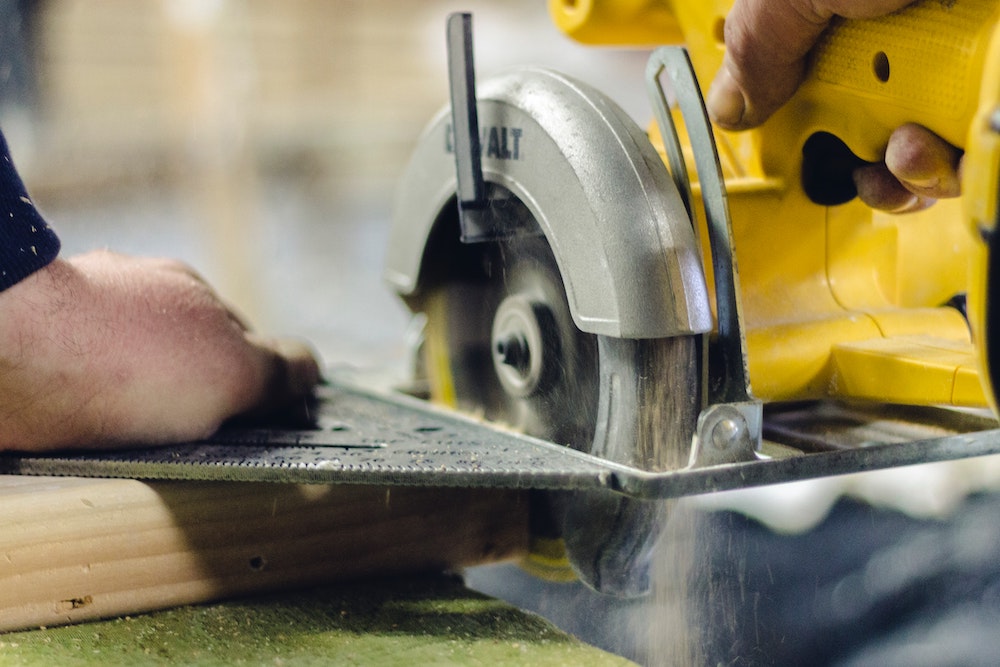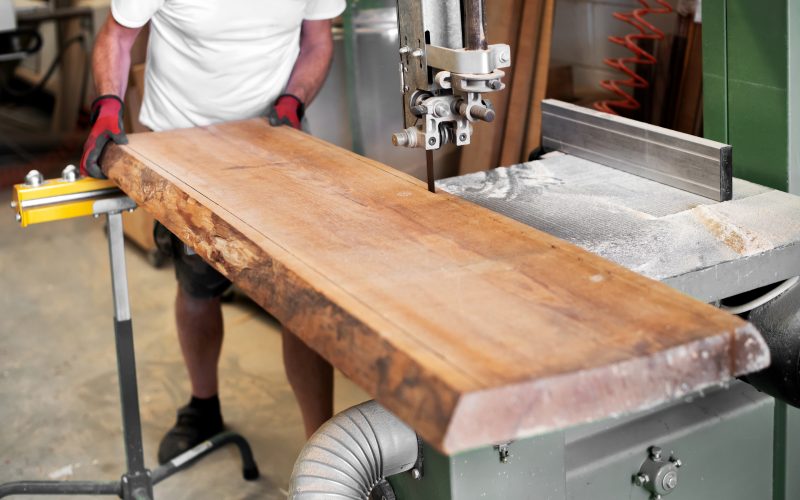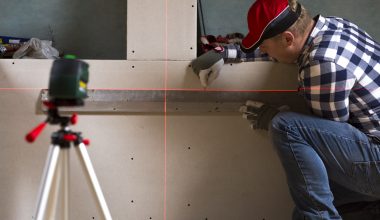Jumping on a project and finding your table saw is broken is frustrating to say the least! They are one of the most used tools in any serious woodworkers shop. Plus they are extremely versatile tools that are able to perform a variety of cuts. We walk you through what you can use instead of a table saw to get the job done.
Here at Workshopedia we think that they are great tools however there is an argument that asks if they are an essential part of a workshop. There are many other tools that with a bit of imagination can do the same jobs you would commonly use a table saw.
How are they Defined?
Before we start discussing the alternatives to a table saw we want to define exactly what a table saw is. To put it simply it is a flat table with a saw built into the underside. This can be raised and lowered to suit the required cutting depth.
A table saw fence is used on top of the table to use as a straight flat edge for your material to run along and give repeatability to your cuts. A table saw is not intended for freehand cutting, you should always use a reference surface such as a fence. They can come in many different sizes and require different blades but all have similar functionality.
What to use instead?
Circular Saw
The most obvious alternative is a circular saw. With the assistance of a guide system, such as Truetrack, you can cut perfectly straight cuts. Circular saw also uses the same variety of blades as a table saw, depending on what you are aiming to cut.
If you are cutting crosscuts then a framing square can be used as a guide to line up your cut. We wouldn’t recommend ever freehand cutting as you won’t get that clean, straight edge that you would from a table saw.

Jigsaw
A jigsaw is a great alternative to a circular saw as it can perform many of the same cuts. However, they can wonder and not give a perfectly straight cut unless they are supported by a guide along an edge. A sander or hand planer can also be used to finish off a jigsaw cut. They are especially useful if it is a long cut, such as a rip cut.
Bandsaw
For resawing there really is only one choice, the bandsaw, and to be honest we wouldn’t recommend resawing on a table saw. You can also use a bandsaw for miter cuts, crosscuts and rip cuts. Plus, it is the only tool that can make curved cuts smoothly and easily. Just make sure you are using the correct bandsaw blade type for your cut.
Router
Joinery cuts are just as easy using a router as they would be on a table saw. In some cases, we would recommend using a router instead as it gives you more options. By setting up a guide and using the correct router bit you can make the same cuts as a dado blade on a table saw.
Rabbit cuts can even be made using a router. If you can’t find the correct sized bit then you can make multiple cuts. This will then get down to the correct width hole.
In Conclusion
For most cuts, there is always an alternative to a table saw and these will often be less expensive and much smaller power tools. There is one exception that is resawing, it that isn’t that common a cut. We would recommend purchasing a handsaw instead, such as a frame saw. We would recommend looking at a circular saw with a guide system that will be more cost-efficient but still give you a great finish.






